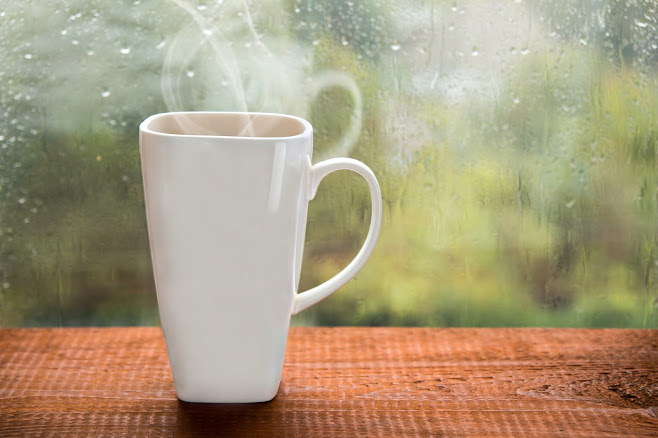Taking humidity into account is a very important part of keeping your home’s air healthy and comfortable during the colder months. Cold weather has a powerful influence on the air in our homes, so you need to know how to maintain the right humidity as it gets colder. Here is everything you should know about preventing dry indoor air in the fall and winter.
What Are the Effects of Dry Indoor Air?
You may be surprised to learn that breathing dry air can make you more susceptible to becoming sick from bacteria that you breathe in. Moist membranes in the upper respiratory system help to trap airborne bacteria so your immune system can neutralize them before they make you sick. Breathing dry air can cause these membranes to dry out and even crack, making it easier for bacteria to infect you.
Dry air also affects other parts of the body. Consistently breathing dry air can cause the sinus passages to dry out and become irritated. This causes pain, itching, and even nosebleeds in some people. Dry air can also cause chapped lips and painful cracks in your skin and may irritate existing conditions such as eczema.
Why Is Dry Air Common in Fall and Winter?
The air outside naturally becomes dryer as the weather gets colder because cold air isn’t able to hold as much moisture as hot air. The air that your HVAC system draws in during the fall and winter is already dry. Your furnace heats the air, but it doesn’t add moisture, which leads to warm, dry air circulating through your home. Warm air also causes your body to lose moisture more quickly as it evaporates from the nose, throat, and skin.
Excessively dry air in the fall and winter can also be a sign that your home is poorly insulated. Warm, moist air rises, so it often eventually finds its way into your attic. Normally, air is drawn back into the HVAC system through a return duct, which alleviates some of the dry air problems in many homes. If your attic is poorly insulated, this moist air could be escaping outside and making your dry air problem worse.
How Can You Resolve Dry Indoor Air?
Gaps in your attic insulation and drafts around windows and doors throughout your home can both let moist air out and let dry outdoor air in. Sealing and insulating your home should be a priority to keep your air more humid and increase your energy efficiency in the fall and winter.
Making a few adjustments to your habits in the home can help to improve indoor humidity without altering your HVAC system directly. Tasks as simple as air-drying clothes, boiling a pot of water on the stove, or leaving the bathroom door open during a shower or bath can add moisture to your air when it is feeling uncomfortably dry indoors. Adding more houseplants to your home will also help to moisten and purify the air.
The best add-on for an HVAC system to fight dry air in the fall and winter is a whole-house humidifier. These devices are installed in your ductwork near the furnace and connected to your main water supply. Steam is produced inside the humidifier that is added to the air before it’s routed into your ductwork. These devices use a minimal amount of energy to ensure that every room in your home is at a comfortable humidity level.
Dry air is a problem that many homeowners have come to expect with cold weather, but it isn’t one you have to live with. If you are having problems with indoor humidity or any other aspect of your HVAC system, call Jeb Air Solutions today.
